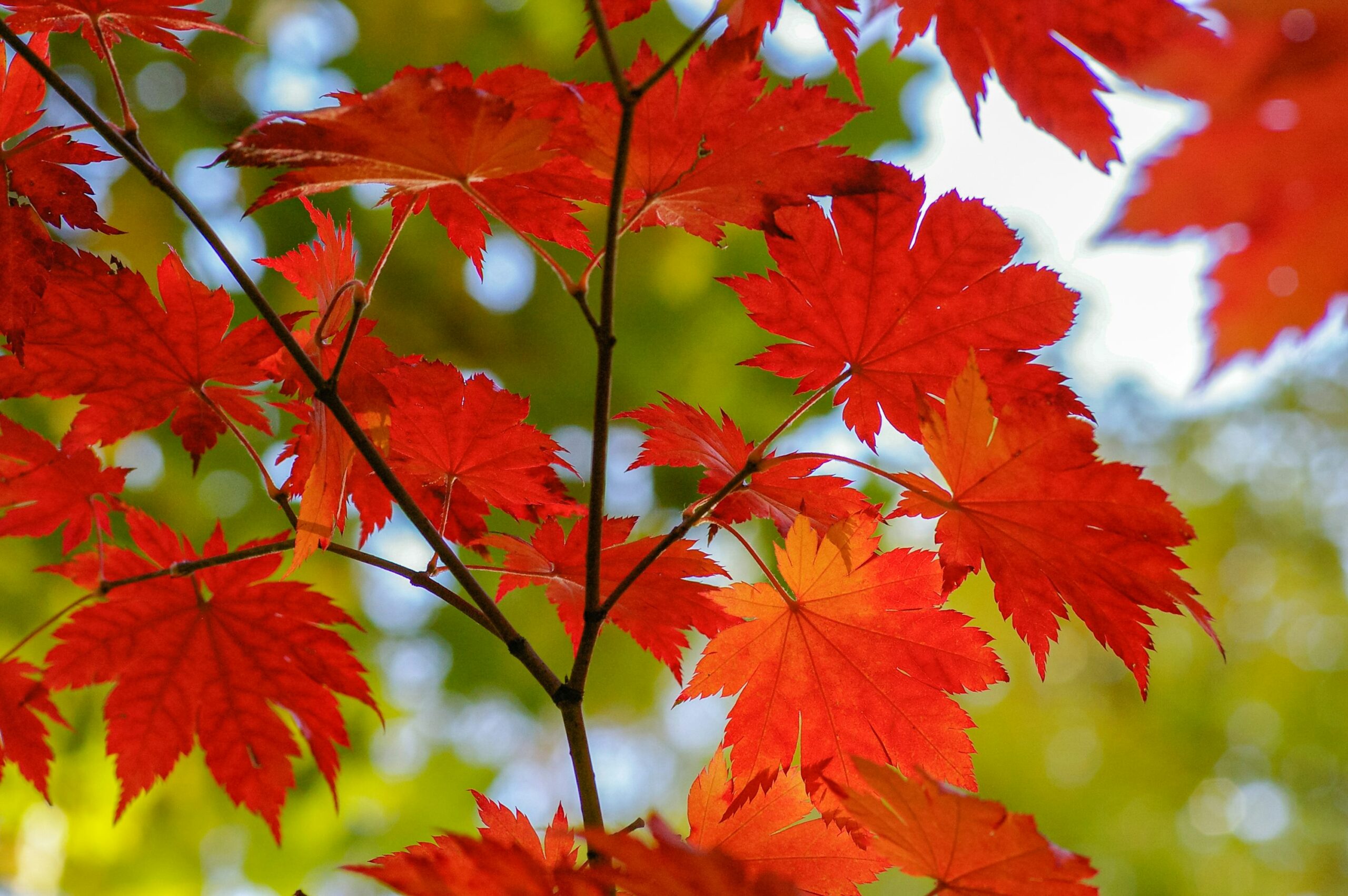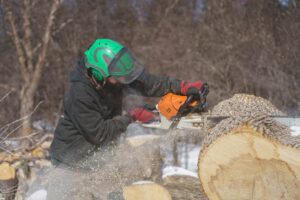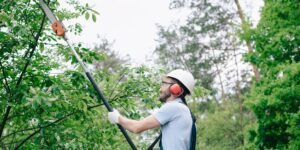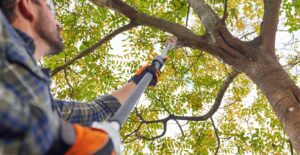Here’s Why and What You Should Do
As the fall season rolls in, many tree enthusiasts and homeowners may notice a peculiar phenomenon: Maple trees that look bare and lifeless, yet seem to be bursting with seeds. This can be an unsettling sight, especially if the tree appears to be in decline, leaving one to wonder whether it is dying or just undergoing a seasonal transformation. According to Dr. Emily Parker, a plant biologist at the University of Vermont, “Maple trees often appear dormant or dead in the late fall, but in reality, they are simply in their reproductive phase, preparing to release seeds that will sprout in the spring.” Understanding why this happens and what actions you should take as a homeowner can help you properly care for your maple tree while ensuring the environment around it remains healthy.
The Life Cycle of a Maple Tree
Maple trees, like other deciduous species, follow a regular life cycle that includes periods of dormancy, growth, flowering, and seed production. During the late summer and early fall, many maple trees develop seeds, known as samaras, which are commonly referred to as “helicopters” due to their distinctive winged shape. These seeds are produced as part of the tree’s reproductive process and are designed to be dispersed by the wind to create new saplings.
However, as the fall months progress, the leaves of the maple tree begin to turn vibrant shades of yellow, orange, and red before eventually falling to the ground. In some cases, the tree may appear to have no foliage at all, giving it the appearance of being dead or dying. But, in truth, the tree is simply entering a dormant phase, preparing to conserve energy and weather the winter months.
While the absence of leaves may be alarming to some tree owners, it is important to remember that maple trees are typically leafless in the fall and winter as part of their natural cycle. The presence of seeds, however, can sometimes add to the confusion. Samaras, unlike the leaves, remain attached to the tree and can often remain in place until the winter winds blow them away.
Why Maple Trees Appear Dead in Fall
The confusion surrounding the health of maple trees in the fall often stems from the tree’s appearance. Without the bright green foliage that many associate with healthy trees, the absence of leaves can make the tree look barren and lifeless. According to Dr. Parker, “Maples, like other deciduous trees, lose their leaves every year as a natural defense against the cold winter months. This process is a survival mechanism, allowing the tree to conserve water and energy during the winter.”
The samaras, however, provide another layer of complexity. These seeds are often still attached to the branches and can be numerous, adding to the notion that the tree is “loaded” with these winged seeds. The presence of seeds doesn’t signal a problem for the tree, but instead, it signifies the tree’s ongoing reproductive cycle, an essential part of its survival strategy.
Maple trees are among the last to shed their seeds in the fall, with some trees continuing to hold on to their samaras until the first heavy winds or snowfalls. This natural process ensures that the seeds are dispersed far and wide, offering the best chance for regeneration in the spring. As a result, it’s normal for the tree to look like it’s holding on to dead material—particularly the seeds—while preparing for the upcoming growing season.
Impact of Maple Seeds on Property
While the sight of seeds on a maple tree may seem innocuous, there are a few practical considerations to keep in mind as a homeowner. Maple seeds can sometimes be a nuisance when they fall and accumulate in large numbers, especially if your property is littered with maple trees. These samaras can clog gutters, pile up on sidewalks, or create a mess in your lawn. If you’re considering lawn maintenance or preparing for the winter, it’s a good idea to remove these seeds before they become a problem.
Moreover, if you have young saplings or nearby plants, maple seeds can contribute to unwanted growth. The wind disperses these seeds, and they may land in your garden or flower beds, leading to unintentional growth. While young maple trees are not typically harmful, they can compete with your other plants for space, light, and nutrients, potentially inhibiting the growth of more desirable species.
In urban environments, the buildup of maple seeds in public spaces and residential areas can create aesthetic and logistical challenges. For example, sidewalks or streets covered with maple seeds can become slippery, making it hazardous for pedestrians during wet conditions.
What You Can Do to Manage Maple Seeds
Despite their potential nuisance, managing maple seeds doesn’t have to be difficult. Regular lawn and garden maintenance can help keep your property clean and free from the excess seeds that accumulate.
- Raking and Removal: The most effective way to deal with maple seeds is to rake them up in the fall before they can accumulate and create a mess. Raking will prevent the seeds from piling up and making your yard look untidy. If you have a large number of trees on your property, consider using a leaf blower to speed up the process.
- Gutter Cleaning: Leaves and seeds often collect in gutters, potentially blocking downspouts and causing water to overflow. This can lead to water damage, especially during heavy rain. Make it a habit to clean your gutters before winter to avoid water backup and protect the integrity of your roof.
- Composting: Instead of throwing away the seeds, consider composting them. Maple seeds, along with leaves, can break down and enrich your soil for next season. Simply place the seeds in your compost pile, where they will decompose and contribute to the nutrients of your garden.
- Prevention: If you want to avoid an excess of seeds in the future, think about pruning your tree regularly. While this won’t prevent the tree from producing seeds, it will reduce the number of branches that the seeds can fall from, helping to limit the mess.
- Planting Alternatives: If you’re looking to reduce the number of maples on your property, you can carefully monitor the growth of young trees that sprout from seeds in your garden. Remove unwanted seedlings as soon as possible to prevent them from taking over your lawn or flower beds.
The Importance of Maple Trees in Ecosystems
Despite the potential challenges presented by maple seeds, it’s important to recognize the vital role that maple trees play in ecosystems. These trees contribute to the environment by providing shelter and food for wildlife, including birds, squirrels, and insects. In the spring, the sap of maple trees is harvested for making maple syrup, a popular industry in northern regions of the U.S. and Canada.
Moreover, maple trees are important for carbon sequestration, helping to mitigate climate change by absorbing and storing carbon dioxide from the atmosphere. Their expansive canopy also offers shade and reduces the urban heat island effect, cooling down neighborhoods during the summer months.
As Dr. Parker notes, “Maples are a cornerstone of many North American forests, providing essential resources for wildlife and humans alike. While they can be a bit messy in the fall, their ecological benefits far outweigh the inconveniences they may cause.”
Conclusion
Maple trees may appear dead during the fall, but the truth is that they are simply preparing for the next phase of their life cycle. The seeds they release are crucial for the tree’s reproduction, and their presence is a natural part of the autumn landscape. While the accumulation of seeds can create challenges for homeowners, managing them is a straightforward process. By understanding the life cycle of maple trees and taking appropriate action to maintain your property, you can ensure that both your trees and the environment thrive.
So, the next time you notice a maple tree loaded with seeds, rest assured that it is simply following nature’s course, preparing for the regeneration that will come with the arrival of spring. With a little care and attention, you can manage the potential mess and enjoy the long-term benefits of these beautiful and ecologically significant trees.






